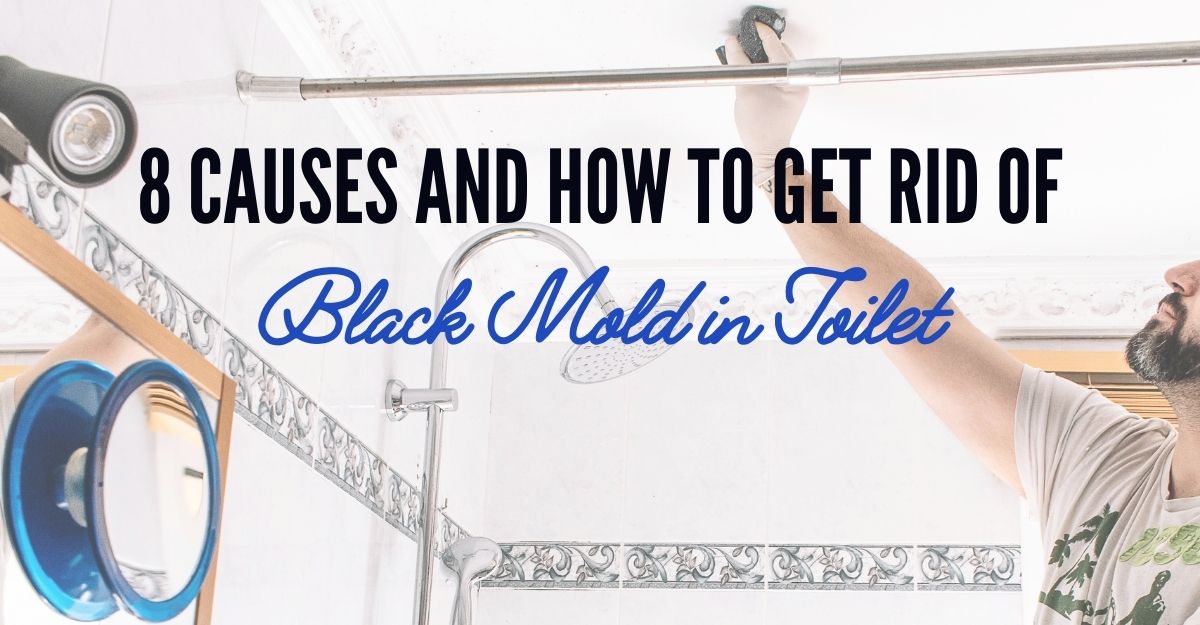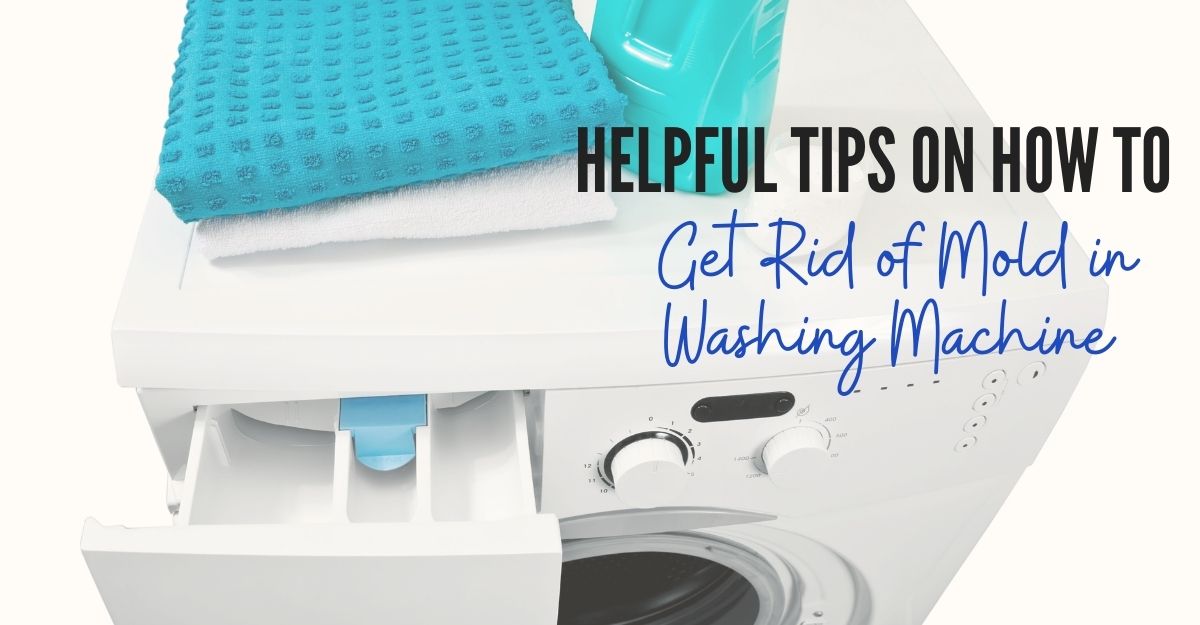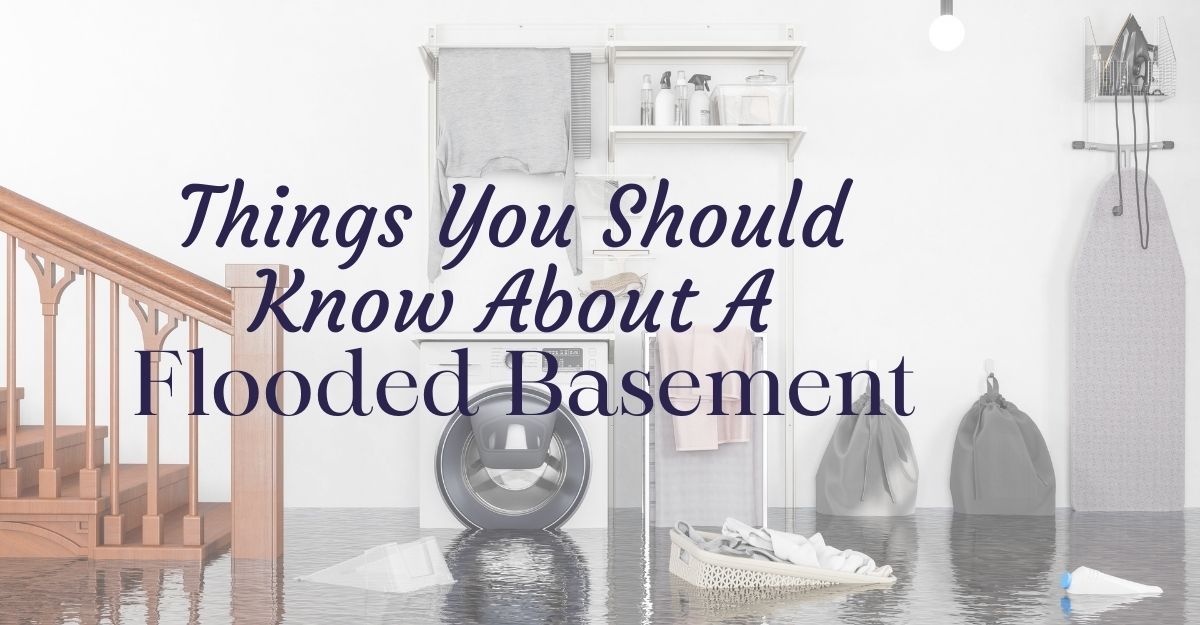Water, as we all know, is essential to any living creatures. But water can also be destructive. It can wreak havoc and could even cause loss of lives and damage properties. This has alerted homeowners. Let us share with you some water damage restoration tips that you can use when water damage happens.
About 40% of homeowners experience water damage each year. This means that even if you take preventative steps, water damage might still happen to you. This can be due to a water leak from your broken pipe or flooding caused by a natural disaster. Whatever the cause is, immediate action is vital in restoring your water damaged property.
Let’s Learn Some Water Damage Restoration Tips
First Step: Safety
Before doing the cleanup process, make sure that you prioritize your safety. You must wear protective clothing, mask, gear and other protective gear. Water damage that was caused by floodwater may contain sewage and contaminants that can pose hazards to your health.
Moreover, it is best to coordinate with local officials. Report the incident to the officials immediately and allow them to assess your property before entering it.
Find The Source of the Water
If water damage is caused by an internal source, it is important to shut down the source of the water. At times, finding the source of the water can be a little bit tricky. If you must, turn off the main water supply valve. Quick action is necessary to minimize loss and prevent further damage.
Disconnect the Power Supply or Unplug Electronics
Electricity can pose the greatest danger after water damage. If your home has been submerged by a large amount of water, electrocution is the next serious threat. Make sure to unplug electronic devices and appliances.
Never touch your electronic devices with wet hands or when you are standing in a wet area. Never attempt to turn them on unless professionals have inspected them. Wait for their go signal.
Remove the electronics from the affected area. The quicker you remove them from water damaged areas, the more likely you can save them.
Relocate Contents from the Affected Area
Move everything that can be removed away from the affected area. That includes furniture, rugs, personal belongings, clothing, documents, and others. Letting them sit longer in the water could cause them further damage and most likely be unsalvageable. Seek help for carrying heavy items such as furniture or items that can’t be removed. It is necessary to remove everything away from the affected area for thorough cleaning.
Remove the Water
When the source of the water has been shut down and the contents have been relocated, it is now time to remove the standing water. If the area has not been submerged by a large amount of water, you can use a shop vac to eliminate the water. It can suck up the water faster. If a shop vac is not available, you may use a towel or a rug and of course a bucket to remove the water.
If the affected area is more than 100 square meters, it is highly recommended that you hire a professional water damage restoration company.
Dry Out and Sanitize the Affected Area
Once the water has been completely removed from the affected area, dry out and sanitize it immediately. Drying out the affected area might be exhausting and will take longer, but doing this will help you prevent moisture-related problems such as mold growth.
If the weather permits, open doors, and windows to circulate air inside your home. Turn on fans and dehumidifiers around your home to eliminate humidity from the indoor air. You may use professional equipment, such as high-powered fans or air movers, to speed up the drying process.
Sanitize the affected area, including wooden beams, drywall, floors, and others with a great disinfectant to remove any bacteria taken from contaminated water.
Prevent Mold and Mildew Growth
Mold and mildew growth is the immediate effect of water damage. Mold can grow in a little as 24-48 hours, where moisture and damp areas are present. It is important to take necessary actions as fast as you can to prevent mold growth.
Allow proper air circulation in the affected area. Remove porous and absorbent materials such as carpeting or baseboards. Keep fans and dehumidifiers running inside your home. Do not restore your items in their original place if the affected area is not fully dry.
If you see signs of mold growth, clean it right away. Be cautious in doing it, as mold can pose harm to your health.
Need Help from a Professional Restoration Company?
With these water damage restoration tips, you should know by now how to restore your water damaged property. But remember that water damage is a serious problem that might require a professional solution. It is always best to hire a professional water damage restoration company to fully mitigate the damage and bring back your property to its original shape. Call in our team of professionals to handle the rest of the problem. We are ready to serve you at any time of the day.




